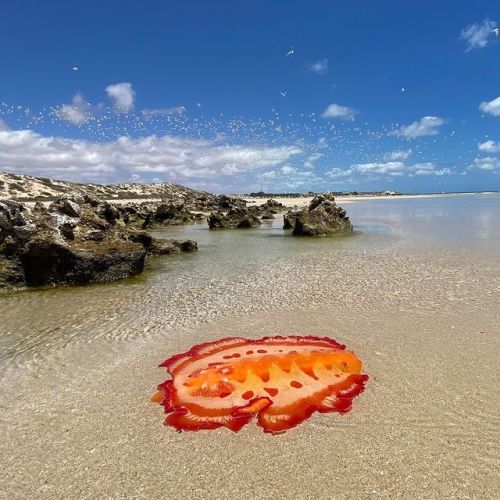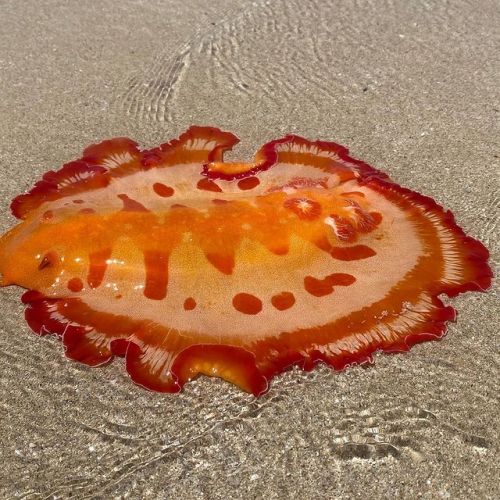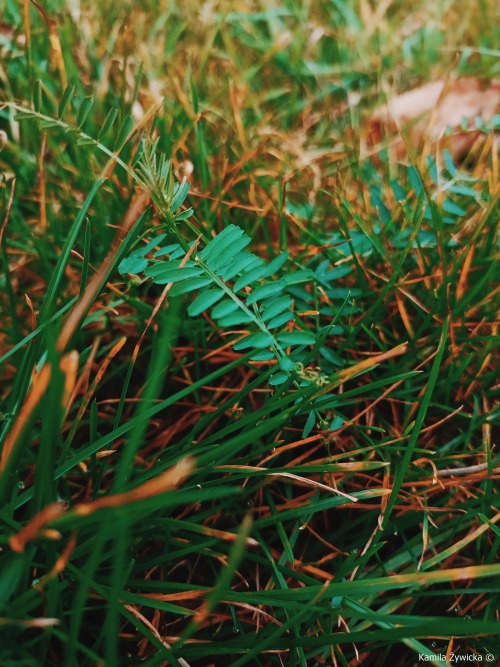#nautre

Usually available in tea bags not only is it delicious it also has a whole bunch of healing abilities!!
TEA (DRINK): excellent for digestive issues such as sickness, wind and diarrhea
BATH:making a strong tea can be used as a bath, especially good for a foot bath which can relieve tired swollen feet. (and they’ll smell amazing)
FRESH LEAF: Great for concentration.You can carry them around and pinch one and smell it to give your mind a boost. You can also rub it onto your wrists before rituals or magick work to increase your energies.
You would be forgiven for thinking that this was a photo of an ice shelf.
But it is not. It is a sprawling limestone formation called “Pamukkale” or “cotton Castle” in southwest Turkey. Over the past 400,000 years, a complex of seventeen separate hot springs has been depositing snow white travertine limestone in a series of terraces and waterfalls. The formation is over 2,700 metres long, 600 metres wide and 160 metres high. The springs are present due to the many cracks and fissures in the earth’s surface here due to high tectonic activity. The temperature of the spring water as it emerges at the surface ranges between 35–56°C (95–133°F). Flowing at a rate of 510 litres per second, the water is saturated with calcium carbonate, and as it reaches the surface carbon dioxide is released into the air, allowing the water to deposit the calcium carbonate until its carbon dioxide levels are balanced with those in the air. Initially deposited as a jelly-like substance, the calcium carbonate eventually hardens into travertine. The result is this beautiful landscape which is one of the major tourist attractions in Turkey.
Post link
A ‘Spanish dancer’ sea slug (Hexabranchus sanguineus) has been spotted putting on a vibrant display along the coast of Western Australia. The large droid nudibranch has a soft and flattened body and can grow to a maximum length of 90cm, although they are more commonly 20 to 30cm. The Spanish dancer is found throughout the Indo-Pacific, including around Australia, near Japan, Hawaii and parts of the east coast of Africa, with a penchant for rocky and coral reefs. (Source)
Follow us on Telegram https://t.me/thefabulousweirdtrotters
Post link











